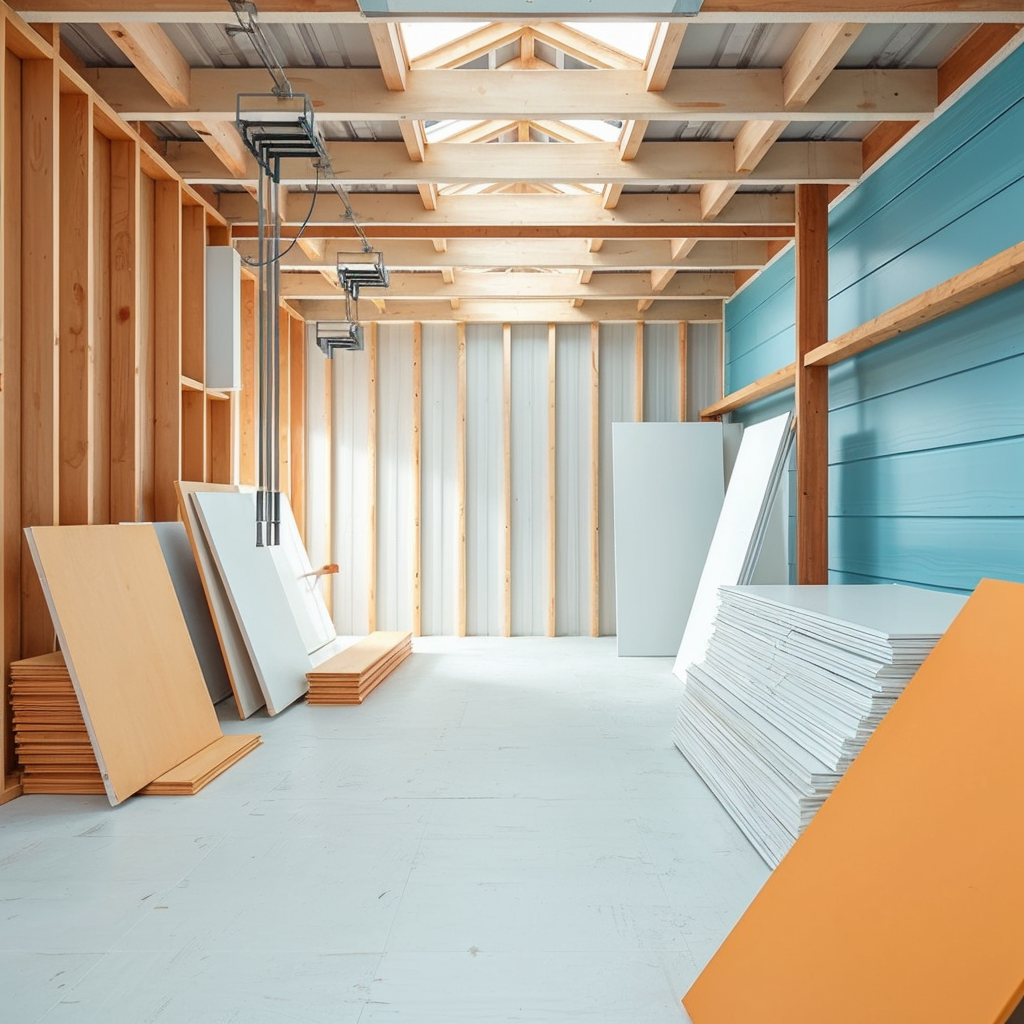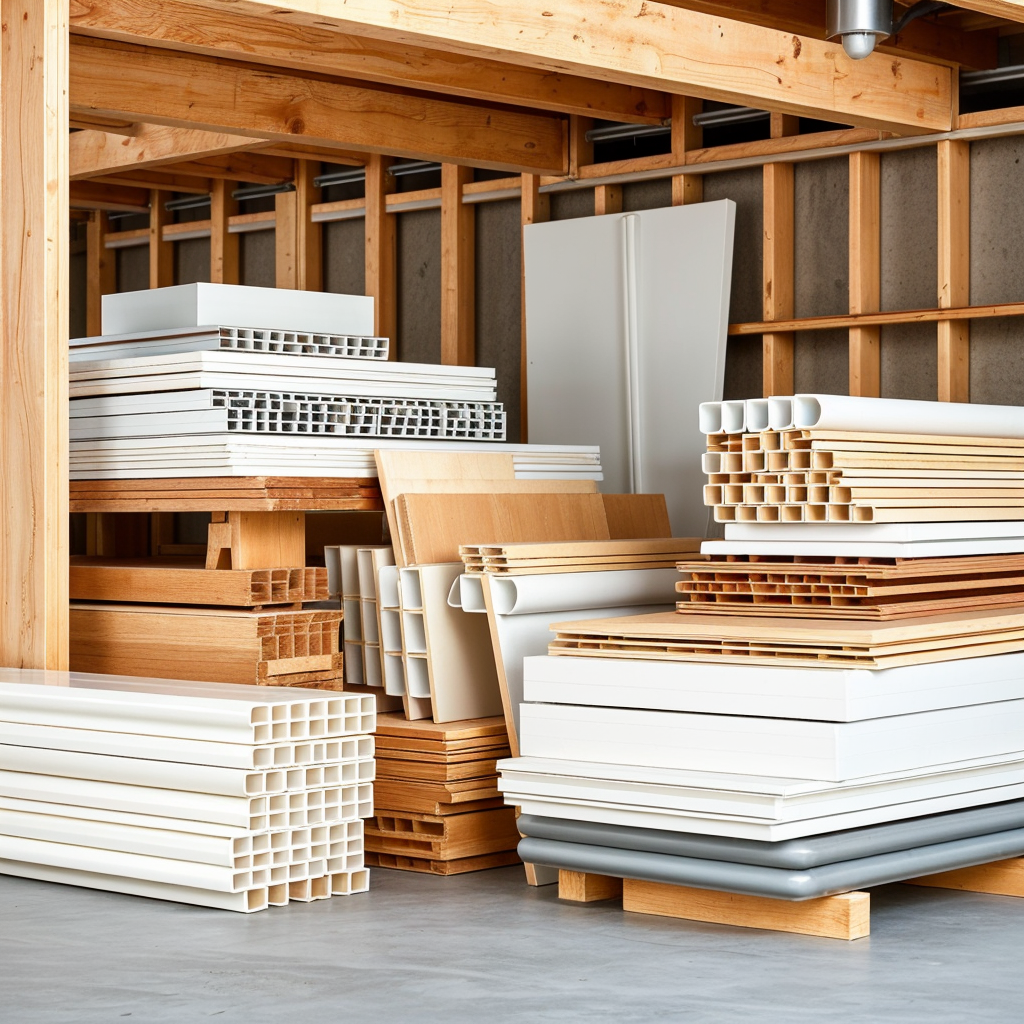As the global construction industry continues to grapple with the environmental challenges of today, the demand for sustainable building materials has never been greater. Architects, developers, and builders are increasingly turning to eco-friendly solutions that help reduce the carbon footprint of buildings while ensuring durability and functionality. Among the innovative materials at the forefront of this green building revolution is PVC (polyvinyl chloride), particularly in the form of sheets, panels, siding, and boards.
In this blog post, we will explore how PVC is transforming the construction industry through its promise of sustainability and quality. We’ll take a deep dive into why PVC is a material of choice for those committed to eco-conscious building practices, examine its lifecycle benefits, and look ahead at the innovative trends shaping the future of PVC in construction. By the end, you’ll understand why Coastal Custom Products champions PVC as a cornerstone of sustainable architecture.
What Makes PVC a Sustainable Choice?
PVC is a standout material in sustainable construction for several key reasons. Its durability and long lifespan significantly reduce the need for frequent replacements, which in turn minimizes waste. Unlike traditional materials like wood or metal, PVC resists degradation from environmental factors such as extreme weather, UV exposure, and chemical corrosion. This makes it particularly well-suited for long-term outdoor applications, such as cladding and roofing.
Furthermore, PVC’s production process is energy-efficient, resulting in a lower carbon footprint compared to other common building materials like concrete and steel. Innovations in recycling have also made PVC an excellent candidate for reuse, as it can be repurposed into new products without a significant loss of material integrity. This reduces the strain on natural resources and contributes to the circular economy goals many industries now strive for.
Additionally, PVC’s fire-retardant properties and insulating capabilities contribute to improved energy efficiency in buildings. Its use in siding or roofing can help regulate indoor temperatures, reducing the need for heating or cooling and thus lowering energy consumption.
Innovative Trends in PVC and Green Building
Modular Construction and Prefabrication
Modular construction and prefabrication are gaining traction as efficient, sustainable building practices. By constructing building components off-site and assembling them on-site, this approach reduces waste, construction time, and energy consumption. PVC’s lightweight yet durable nature makes it an ideal material for these projects. Its flexibility allows for easy transport and installation, while its durability ensures long-lasting performance in various environmental conditions.
Integration with Recycled Materials
The use of PVC in combination with other recycled materials, such as reclaimed plastics, is on the rise. This trend contributes to the circular economy, promoting the reuse of materials and reducing the demand for virgin resources. By blending PVC with recycled content, builders can achieve high-performance products that offer environmental benefits without sacrificing strength or longevity.
Supporting Green Certifications (LEED/BREEAM)
PVC products are increasingly being recognized for their contributions to green building certifications like LEED and BREEAM. These certifications encourage the use of materials that improve energy efficiency, reduce waste, and minimize environmental impact. PVC’s role in enhancing insulation, reducing energy consumption, and promoting the use of recycled materials aligns perfectly with these standards, helping projects meet sustainability goals and earn certification.
3D Printing and Technological Innovation
The future of PVC in construction is further enhanced by advancements in 3D printing technology. Builders can now create customized PVC components on-demand, reducing material waste and cutting down on production energy. This innovation not only supports sustainable building practices but also allows for more flexibility in design, enabling the construction of intricate, energy-efficient structures.
The Lifecycle Benefits of PVC
Durability and Longevity
PVC’s remarkable durability means that it can last for decades without needing significant maintenance or replacement. This reduces the frequency of repairs or material replacement, which in turn minimizes the amount of waste generated over a building's lifespan. In outdoor applications like siding or cladding, PVC’s resistance to weather, UV rays, and chemical corrosion ensures that it remains effective for extended periods, outperforming other materials in harsh environments.
Recyclability and Resource Efficiency
One of PVC’s standout features is its recyclability. At the end of its useful life, PVC products can be collected and reprocessed into new materials, reducing the need for virgin resources. This ability to be recycled multiple times without a loss of quality supports a closed-loop system, making it an excellent option for builders looking to reduce their project’s environmental impact. Many manufacturers are now producing PVC that contains recycled content, further enhancing its sustainability profile.
Energy Efficiency Contributions
PVC plays a crucial role in improving the energy efficiency of buildings. When used in siding, cladding, or window frames, it enhances thermal insulation, helping to maintain stable indoor temperatures. This reduces the need for heating and cooling, leading to lower energy consumption and reduced greenhouse gas emissions. Over time, buildings constructed with PVC components can significantly cut energy costs and environmental impacts.
Lower Carbon Footprint
Compared to traditional materials like concrete, steel, or aluminum, PVC has a relatively low carbon footprint during production. Its manufacturing process is less energy-intensive, and innovations in production techniques have further reduced emissions associated with PVC production. This makes it a favorable material for builders seeking to minimize the carbon impact of their projects while maintaining quality and performance.
The Future of PVC in Sustainable Construction
Looking to the future, PVC is set to play an even more critical role in sustainable construction. New technologies, such as 3D printing and advancements in composite materials, are likely to expand the applications of PVC in building projects. Additionally, as the industry moves towards carbon-neutral and energy-positive buildings, PVC’s ability to support energy-efficient designs will keep it at the forefront of green architecture.
At Coastal Custom Products, we are constantly innovating and sourcing sustainable PVC solutions that meet the evolving needs of eco-conscious builders. Our commitment to quality and sustainability ensures that our products not only meet industry standards but also help reduce environmental impact.
Conclusion
The PVC promise is one of quality, durability, and sustainability. As a leader in the field, Coastal Custom Products is proud to offer eco-friendly building materials that align with the construction industry’s green goals. Whether you’re looking to enhance the energy efficiency of a new build or reduce the environmental footprint of your renovation, PVC is a smart, sustainable choice.
Explore our range of PVC products and see how Coastal Custom Products can help you build a greener future—one high-quality, eco-friendly project at a time.



